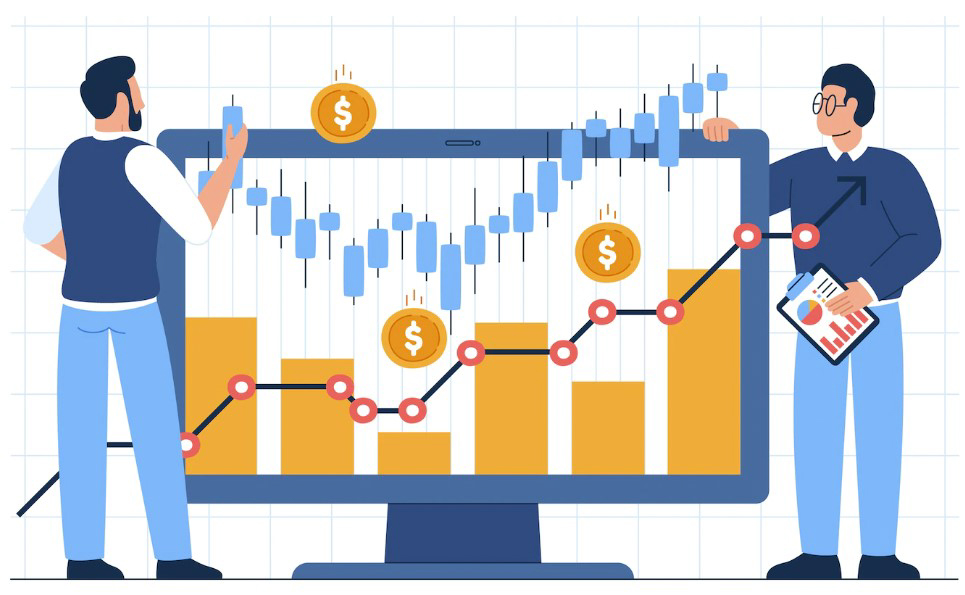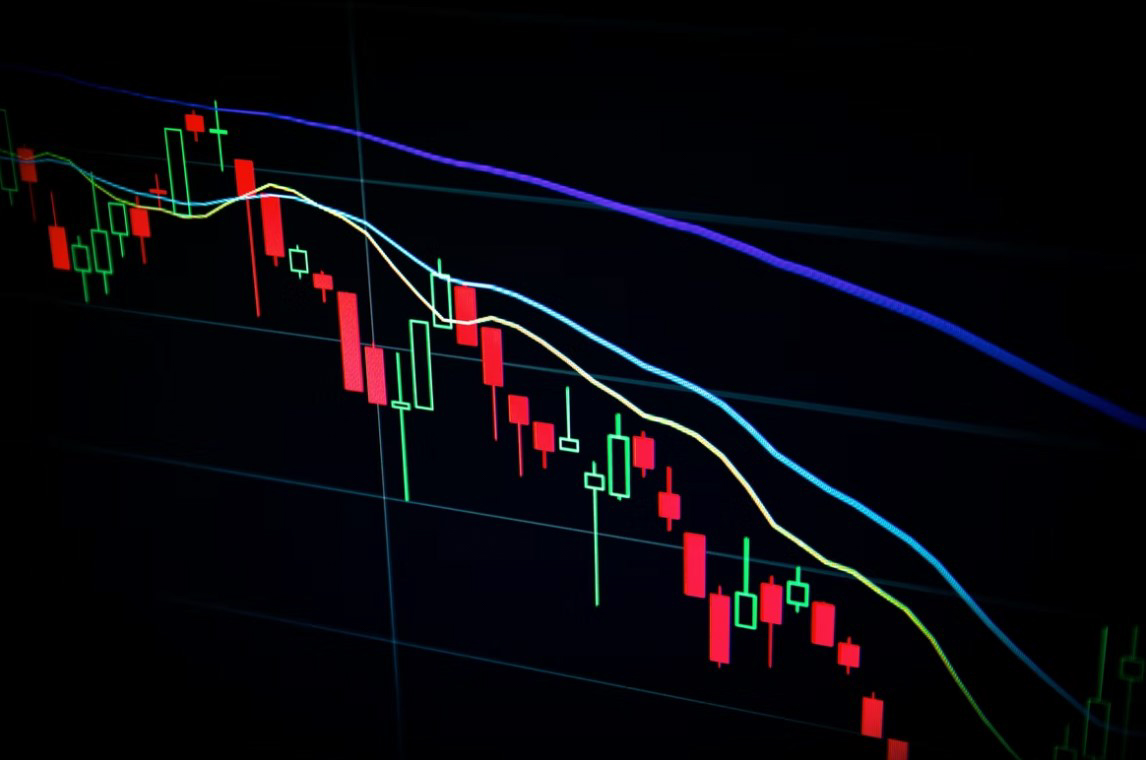Financial Market Volatility: How does it affect your Trades?
What exactly is financial market volatility and why does it worry even the most seasoned traders?
Introduction
Financial market volatility is basically inevitable no matter where you are having your eyes on it. Although at first glance, a prolonged period of volatility poses an alarming phase for the market, it is actually profitable and is the key to some trading strategies, especially day trading ones that require drastic price fluctuations.
What is Volatility?
Financial market volatility is observed and calculated as either variance or standard deviation between returns from the same asset within a period
A lower volatility means that the value of a security does not fluctuate dramatically and therefore is more stable.
It is essential that traders pay attention to volatility when choosing a market and making trades since it will be one of the key factors to the success of your trading plans.

Types of Volatility
When it comes to the types of volatility, we are talking about their measure process rather than just the state itself. Financial market volatility is generally divided into two different types: historical and implied volatility.
While the historical volatility measure involves inspecting back at the past market prices within a series of time, the implied volatility measure means taking a look forwards into the near future with the help of technical analysis of past and current recorded statistics.
Historical Volatility
Historical volatility (statistical volatility), inspects the changes in underlying securities by measuring price fluctuations over predetermined time periods. Because it is not forward-looking, it is less common than implied volatility.
Implied Volatility
Implied Volatility (projected volatility) enables traders to forecast how volatile the market will be in the future by computing probability using given information and recorded returns.
Implied volatility is derived from the price of the asset and represents the expected price fluctuation for the near future. They offer insightful information when carefully analyzed and treated as stepping stones for making further decisions.
How is Financial Market Volatility Measured?
Financial market volatility is calculated by using the standard deviation from the price fluctuations over a time period, therefore enabling traders to see how much certain values differ from the average one, as VIX, to have a better understanding and insightful overview of the volatility state of the markets.
VIX is a real-time market index that shows the expected values for volatility over the next 30 days. As it represents volatility, VIX has the same aspects such as rising when stock prices fall and vice versa. Investors utilize the VIX to gauge the risk and the fear happening in the current market and thus have more information to make decisions.
|
|
What to Do During Financial Market Volatility?
When high volatility strikes, and you wait for so long just to eventually exit at some point, you may never recover the lost values as well as miss out on the potential gains when the markets rebound back. When the situations get out of control, consider these approaches for making a better decision.
- New opportunities in this bearish state: the downward trends of the markets also mean new opportunities to get yourself new assets even from some big companies at ‘discounted’ prices, surely making considerable profits when the prices go back to the equilibrium level.
- Restructuring your trading plans to adapt to the new state: financial market volatility can lead to abrupt changes in investment values, which may get your asset allocation to stray further from your targeted divisions. During these times, you should rebalance your portfolio to get it back in line with your investment objectives and the level of risk you prefer. The process involves selling some of the asset class that has unintentionally grown to comprise a larger portion of your portfolio and using the proceeds to purchase more of the asset class that has shrunk too much.
- Preparing a stable fund to backup your trading plans: financial market volatility should not be a concern unless you need to sell an investment since you could have to do so in a bear market. For this reason, it’s crucial for investors to have an emergency fund that can cover three to six months’ worth of living expenditures or even more if you have something big and not trading-related in mind.
Conclusion
Financial market volatility is not just a once-in-while situation that takes every trader on the markets by surprise but something that you should always have plans to respond to the markets and maintain your trading portfolios.
Source:
https://libraryoftrader.net/financial-markets-volatility

